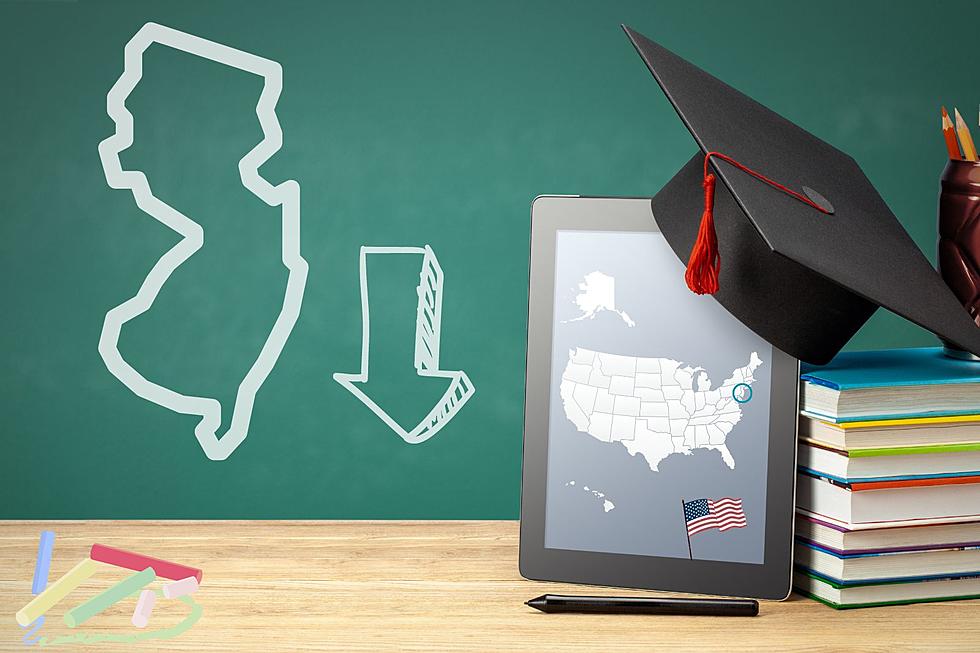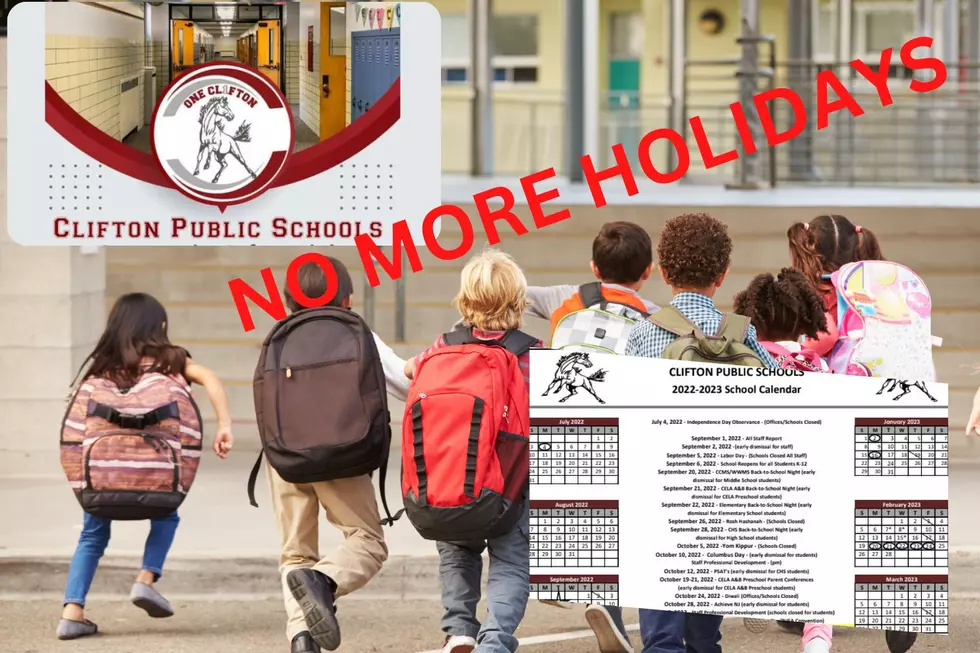
NJ’s poorest school districts could offer free breakfast for all if they just did this
Many poorer New Jersey school districts lag behind the national norm in implementing a new school breakfast option.
Just 35 percent of high-poverty school districts have taken advantage of the so-called community eligibility provision in the federal school breakfast program, compared to more than half of the schools nationwide.
Nancy Parello of Advocates for Children of New Jersey says the option allows the poorer districts to eliminate paperwork and "they can feed all children for free."
Parello says economically disadvantaged districts, such as Trenton, Bridgeton and Atlantic City, have been slow in using the option because "they are afraid that they may lose state aid if they do away with the applications."
State school aid is based in part on the school-meal applications collected in New Jersey by most districts. But under community eligibility, districts are not required to collect those applications. Instead, districts submit a household income survey that can be used instead of school meal applications.
The state Department of Education has its own household survey form, but Parello says "it has been a slow education process to get school officials to understand that. I am not sure that that is quite understood yet."
According to Advocates for Children of New Jersey, some districts, including Paterson, Union City and Camden, are successfully using community eligibility and have reported an increase in students receiving meals at school, as well as a paperwork reduction.
Joe Cutter is the afternoon news anchor on New Jersey 101.5
More From New Jersey 101.5 FM









